ASUS U30JC is now reviewed.I think u like the post.enjoy ASUS U30JC review….
Gaming muscle meets long battery life in the the ASUS U30Jc-1A, a 13-inch notebook that can automatically switch between discrete grpahics mode (great for playing games and high-def video) and integrated grpahics mode for when you need more juice.
ASUS has been making great strides in the laptop designs over the past couple of years. It used to be that an ASUS laptop meant good performance with generally poor battery life at a reasonable price, but that all started to change with the launch of the original Eee PC. With the Eee PC, ASUS managed to usher in a whole new genre of laptop, the netbook, and with the dawn of the netbook expectations for what a laptop could deliver changed. No longer was it good enough to provide decent performance with little regard for price or battery life; today’s laptops need to offer a lot more in order to entice potential customers away for $300 netbooks. To that end, ASUS has reworked the design and features of their U-series and put together a well-rounded package that includes good CPU performance, Optimus graphics, and an aesthetic that makes us think someone is listening to our complaints about glossy plastic laptops.
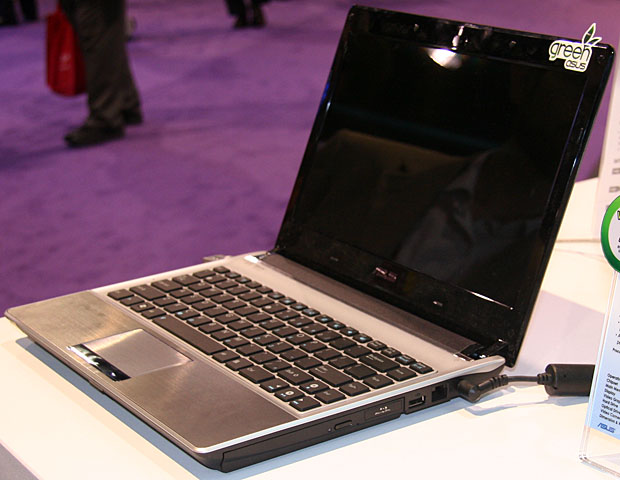
Our standard laptop reviews always look at the systems as they come from the manufacturer. However, we know many people will perform some upgrades at home to improve certain performance aspects. One of the easiest to perform is an upgrade to the hard drive, specifically removing the old style conventional hard drive and replacing it with a state-of-the-art SSD. We already had a good laptop with the ASUS U30Jc, but what happens when we perform just such an upgrade? That’s what we’re looking at today.
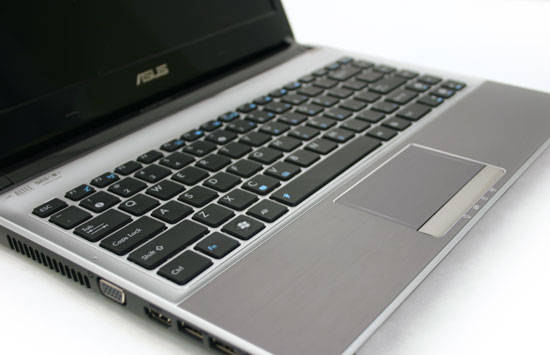
The keyboard of the Asus laptop is finished off with a matte coating that decreases those unsightly fingerprint marks. The keys are easy to type on and offer some useful grip for fast typing and are easy to press down without any restriction. The multi-touch pad is easy to use and has a single bar for both left and right mouse functions, which keeps things simple. The U30JC-A1 features three 2.0 USB ports for all your transporting needs. The VGA and HDMI ports are essential for video content, and the headphone jack allows you to game and watch movies without bothering those around you.
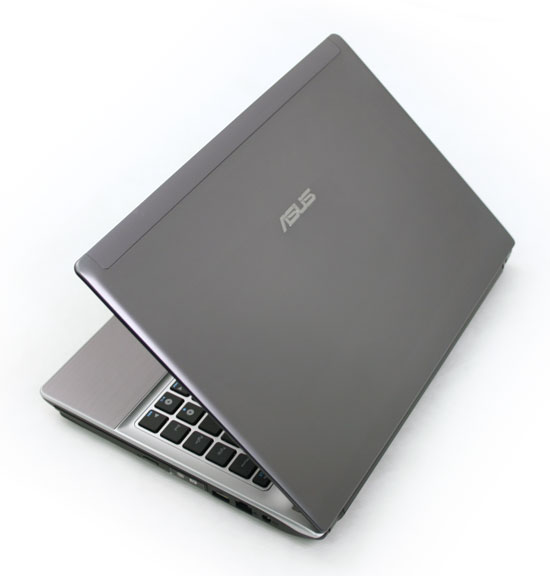
We’ve had plenty of coverage of SSDs, so we won’t dwell too much on why you might want one or which models are the fastest here. The short story is that hard drives are very slow compared to other modern components. That’s why we have lots of main memory in modern systems, and even memory isn’t all that fast which is why we have L1, L2, and L3 caches. Where modern processors can theoretically consume several hundred gigabytes of data each second, keeping the engines fed is quite a challenge. Unfortunately, hard drive performance hasn’t been keeping pace with the rest of the computer ecosystem, and when you’re stuck waiting for a hard drive to load your OS or applications your shiny new computer can end up feeling like a dog.
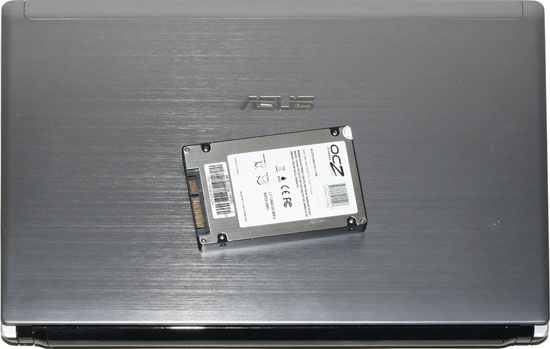
A good desktop hard drive might be able to deliver 100MB of data per second (several orders of magnitude less data than what a CPU can process). The SATA interface is now able to move up to 600MB/s, but actually saturating even a 300MB/s SATA bus is quite a challenge with conventional hard drives. Where things get particularly ugly is when a drive has to perform seek operations to find the data you’re after; with each seek taking 12 to 20ms on average (depending on the drive and rotational speed), random access patterns are the bane of the hard drive. Instead of pushing 100MB/s, with random data hard drives will often drop to under 1MB/s. Ouch.
ASUS U30Jc-A1 Specifications:
Processor: Intel Core i3-350M(32nm, 2×2.26GHz + Hyper-Threading, 3MB L3, 35W).
Chipset: Intel HM55.
Memory: 2x2GB DDR3-1066.Max 2x4GB DDR3-1066.
Graphics: NVIDIA GeForce 310M Optimus.Intel HD Graphics.
Display: 13.3″ LED Backlit Color-Shine WXGA (1366×768)(AU Optronics AUOB133XW01-V0).
Hard Drive: 320GB 5400RPM 8MB cache (Hitachi Travelstar 5K500.B HTS545032B9A300).
Optical Drive: 8x DVDRW Super Multi (Matshita DVD-RAM UJ890AS).
Networking: Atheros AR8131 Gigabit Ethernet.
Atheros: AR9285 802.11bgn.
Audio: HD Audio (2 speakers with combo headphone/mic jack).
Battery: 8-cell 5600mAh, 84Wh
Front Side: Flash Reader (SD, MMC, MS/Pro) Speaker grilles.
Left Side: Headphone and Microphone jacks,2 x USB 2.0,HDMI,VGA,Cooling Exhaust,Kensington Lock.
Right Side: DVDRW,1 x USB 2.0,Gigabit Ethernet,AC Power Connection.
Back Side: None.
Operating System: Windows 7 Home Premium 64-bit.
Dimensions: 13.12″ x 9.52″ x 0.80-1.20″ (WxDxH).
Weight: 4.80 lbs (with 8-cell battery).
Extras: 0.3MP Webcam,86-Key Keyboard,Multitouch Touchpad,SD/MMC/MS Pro Flash reader.
Warranty: 2-year global warranty,1-year battery warranty,30-day LCD Zero Bright Dot guarantee.
Pricing: Online starting at ~$900.
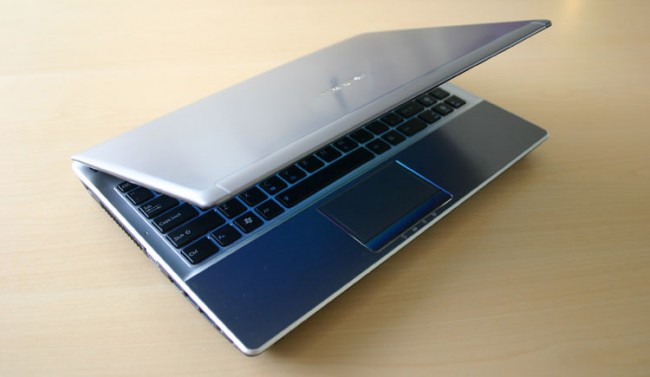
The Asus U30JC-A1 has some defining features like the processing system and gaming graphics that make it an impressive notebook. The battery life is standard and some of the features the device is lacking are Bluetooth or eSata ports that have become increasingly common in other laptops, but a USB antenna can be used as a replacement. The stylish Asus notebook has loads to offer and is actually very affordable at $899 (around £620).
Taken as a complete package, the U30Jc has a lot of good features. The LCD quality is still mediocre (i.e. low contrast like 99% of consumer laptops), but with a large 8-cell battery you can expect up to nine hours of battery life (about eight hours of Internet surfing). We understand there’s a CULV version of the U30Jc coming, the UL30Jc, but the CPU will be far slower (even with Turbo Boost), and we’ve heard that it will only increase battery life by around one hour at best. We would rate the current U30Jc as being equal to or superior to the old UL series of laptops in every important metric (outside of battery life where the old CULV design could last up to 14 hours). Build quality is better, the aluminum surfaces are a great upgrade, and the Arrandale CPU makes this a fast system when you need it. If you don’t need a beefier GPU and you’re okay with the size (about one pound heavier than most ultraportables), the U30Jc is an excellent laptop.
Resources :anandtech.com,mobile-computing-news.co.uk,i4u.com,anandtech.com

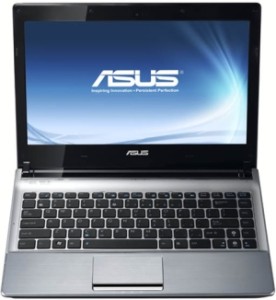
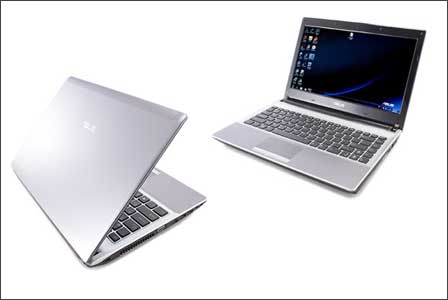
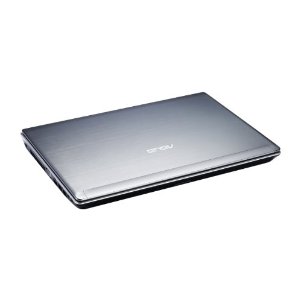
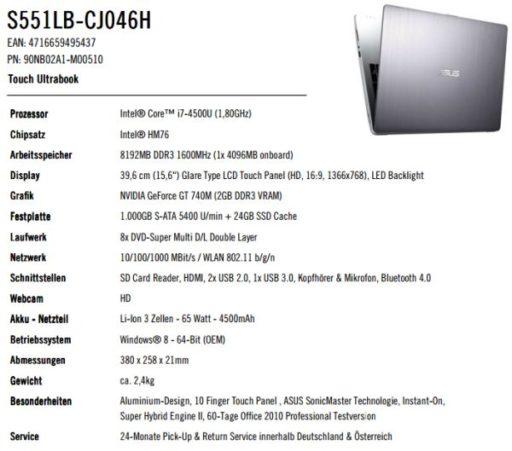
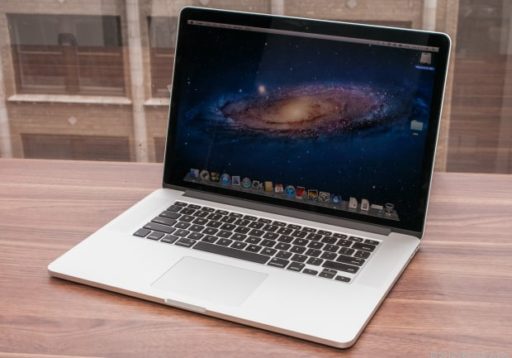
Pingback: ASUS U30JC review | TheTechJournal.com | The Only KD Info
Pingback: Private Servers